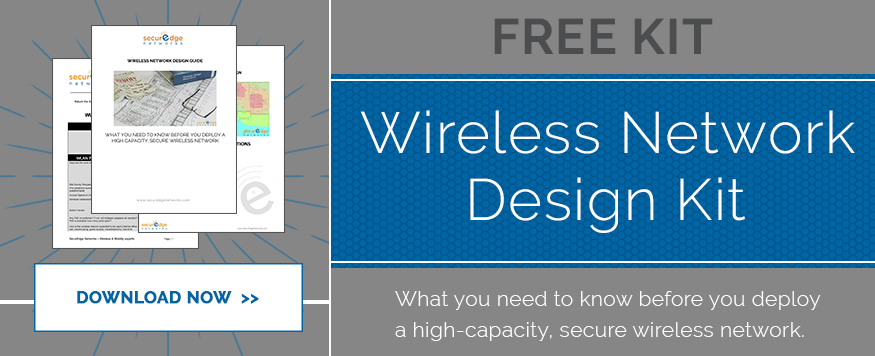
It’s simple, when doctors have easy access to accurate and detailed information, their patients get better medical care.
Traditionally this has meant stacks of papers and inefficient manual processes, all of which are highly susceptible to human-error.
An EHR or electronic health records system can dramatically improve point of care, improving not only diagnostics but also lowering—even preventing—costly human errors.
Sure, updating to a new way of doing things isn’t easy—especially when you’ve been so used to something completely different for so long.
However, in order to maximize your hospital’s efficiency and provide the highest levels of patient care, you need to empower your staff with real-time data that is easy to access and available anywhere and anytime they need it.
To help you better understand the impact an EHR system can have for your hospital, we’ve compiled some critical new data that you can’t afford to overlook.
Meaningful Use Evidence
The readiness or use of certified electronic health record systems are sometimes also referred to as meaningful use. However, meaningful use also has specified criteria that hospitals have to accomplish to qualify for certain CMS (Centers for Medicare and Medicaid Services) incentive programs.
According to a study called the “National Perceptions of EHR Adoption” by Eric Jamoom, those that are ready for meaningful use are definitely finding it to be a game changer:
- 94% of health care providers said that using an EHR system made accessing patient health information at the point of care much easier and faster.
- 75% said that electronic health records allowed them to give their patients better care overall
Improving Patient Care by Upgrading the Clinical Process
According to the article by Beverly Bell and Kelly Thornton, “From Promise to Reality: Achieving the Value of an EHR”, a community hospital in Vermont implemented an electronic health records system and experienced dramatic improvements.
The hospital saw:
- 60% decrease in near-miss medication events
- 25% reduction in the number of patient charts that had to be pulled for signing orders
- 20% increase in the completion of daily assessments
Increasing Patient Satisfaction
Everything you do in your hospital has one end goal in mind, delivering the best possible care for your patients.
Whether it’s a new nurse-call system, implementing an RTLS system or the way you prescribe medicine, it’s all about supporting your patients efficiently and most effectively.
When it comes to prescriptions in particular your patients want an easy and accurate process, and again having the right tools in place can make a big difference.
The study, “Effects of Electronic Prescribing on the Clinical Practice of a Family Medicine Residency” from the Department of Family Medicine, University of South Alabama, found that using electronic health records for prescription services again has a positive impact on the overall patient experience:
- 90% were able to go to the pharmacy to pick up their prescription and not have to wait because it wasn’t ready.
- 92% we’re not only okay with their doctors using e-prescriptions but were actually happier because of it
- 63% saw a decrease in the amount of errors with their medications
How to Drive Results
Updating your hospital with an electronic health record system has obvious advantages. However, to see these types of increases in your operational efficiency you have to understand what’s needed to drive your desired outcomes.
From an executive level you have to ask yourself what are you trying to accomplish, what outcomes do you want? Knowing this will help you discover what types of systems or infrastructure you need to drive those outcomes.
Without a doubt no matter what system you would go with your wireless network design will play a critical role in your success or failure.
From a technical perspective it’s critical that your hospital wireless network’s IT team understands the features they need or what they should be looking for to build the right system to drive the right results.
If you have any questions regarding your current EHR system’s performance or would like to discuss how to build the right wireless network to support your operational efficiency goals, simply contact us here.






